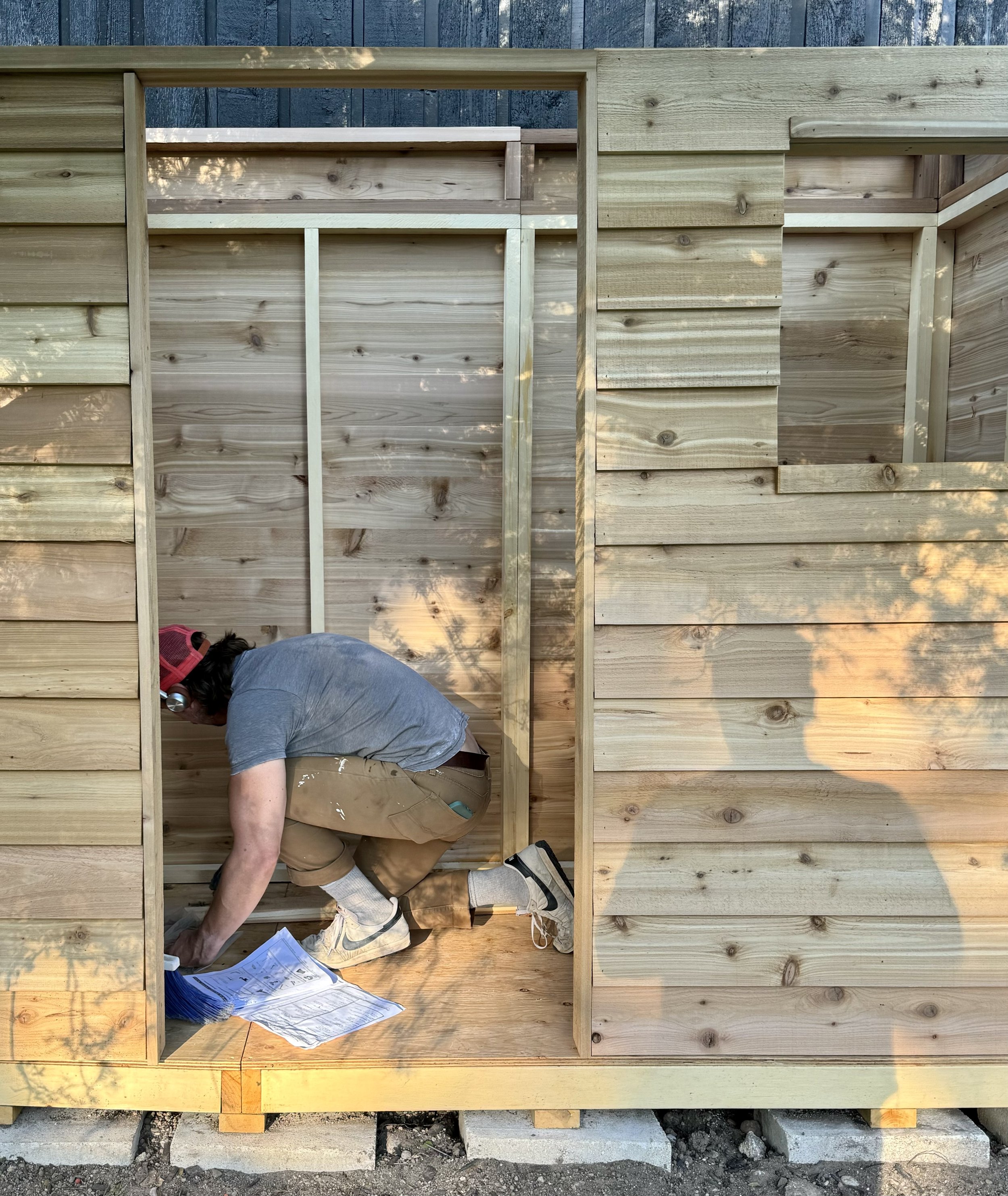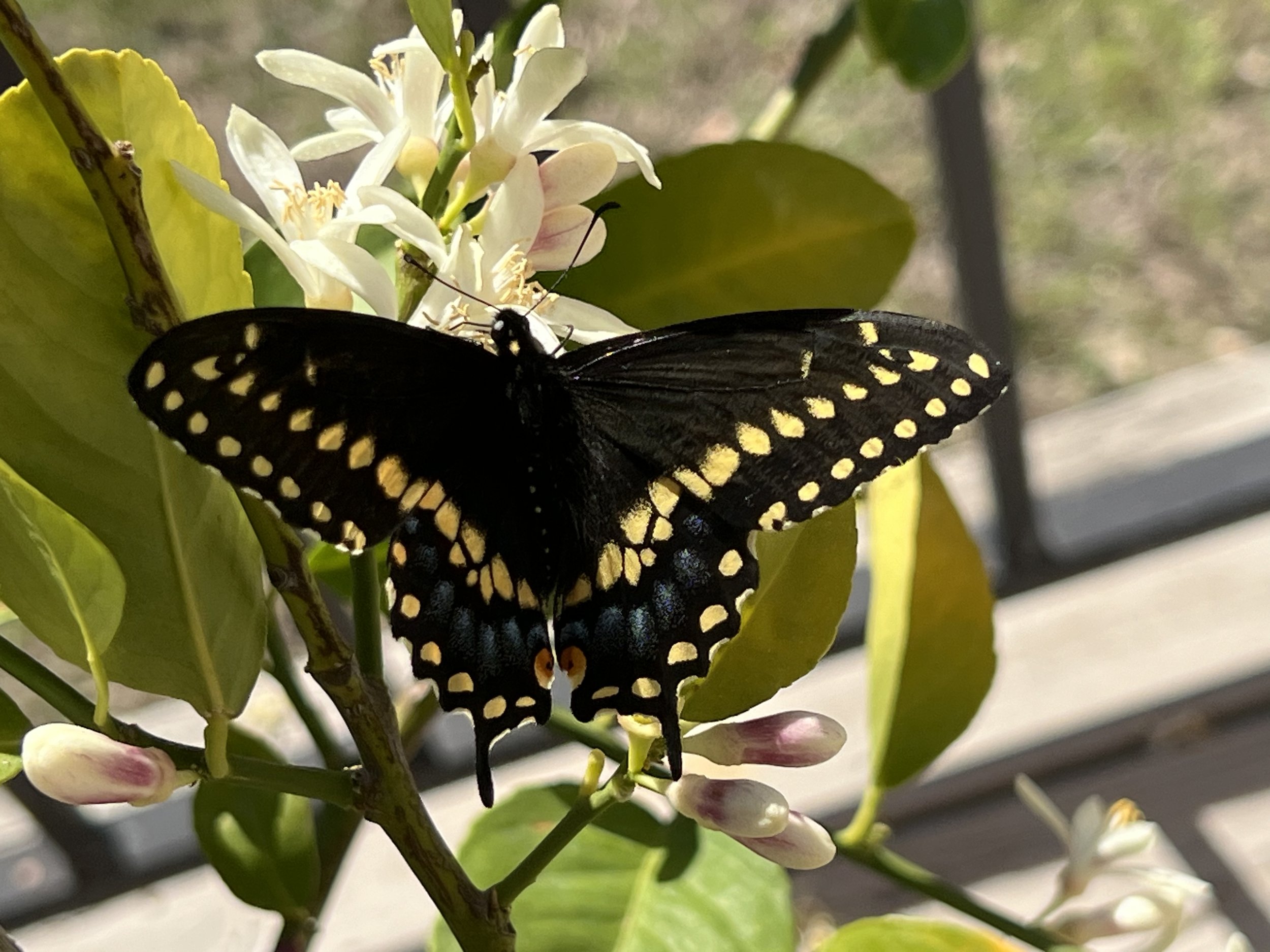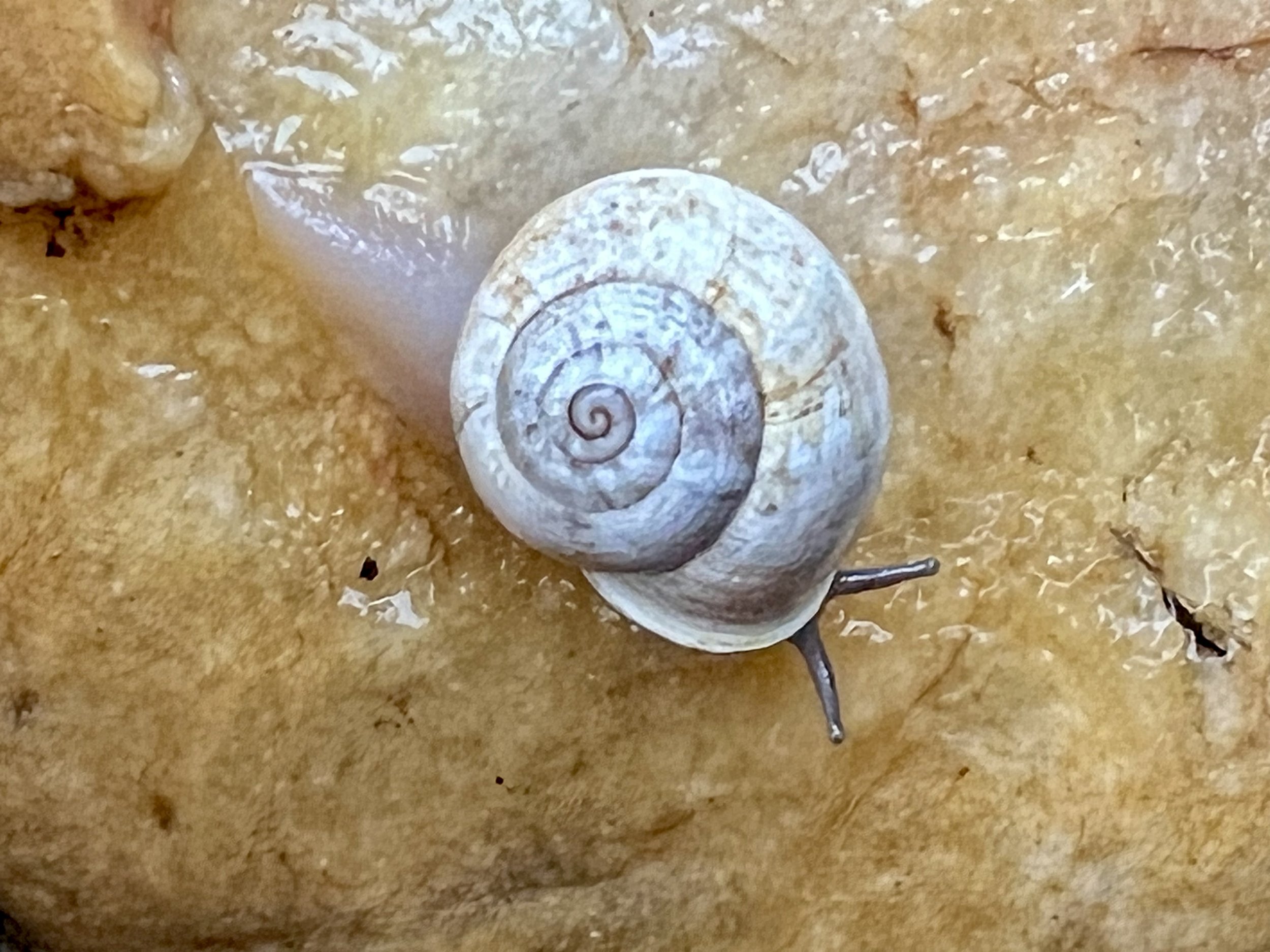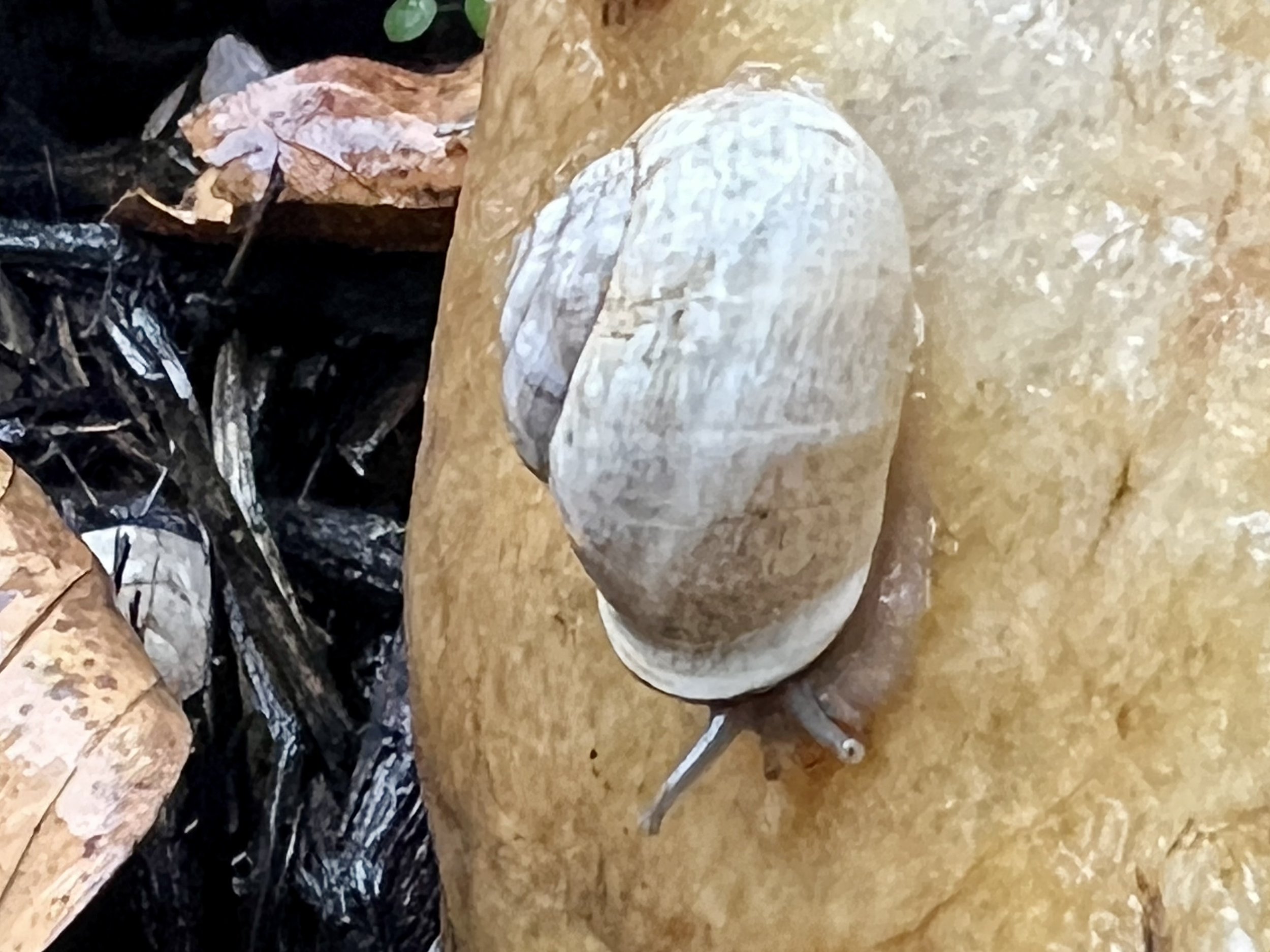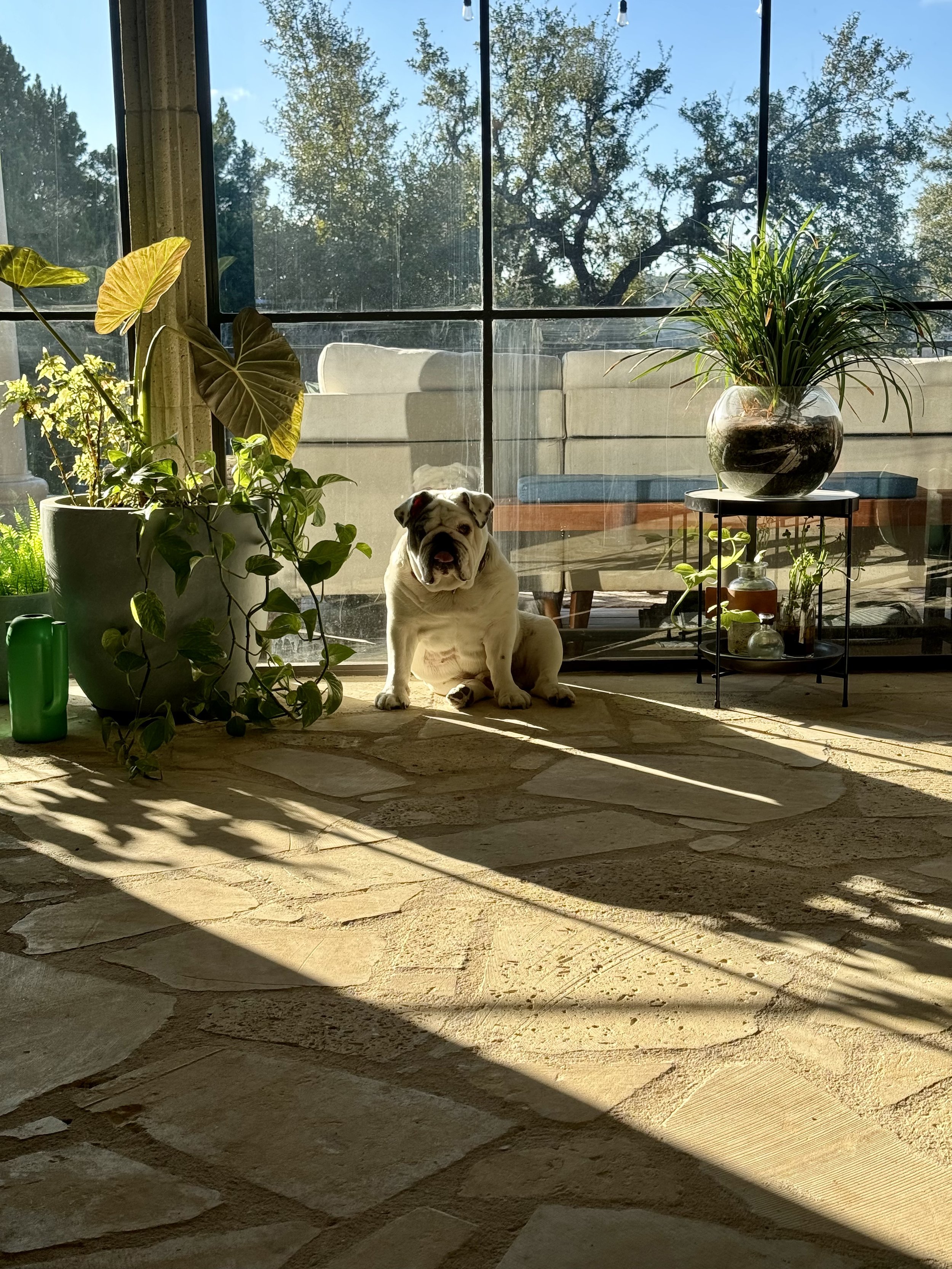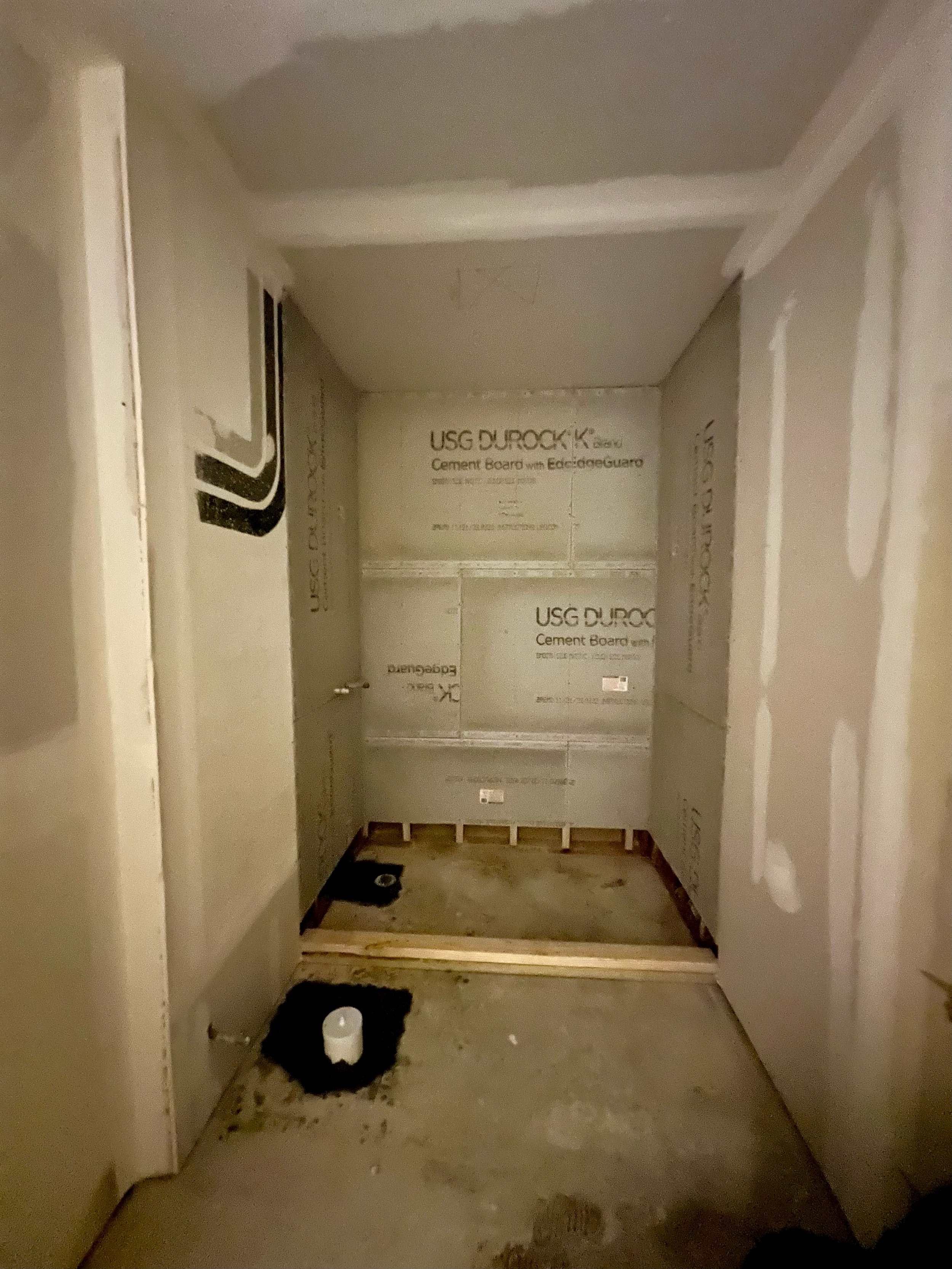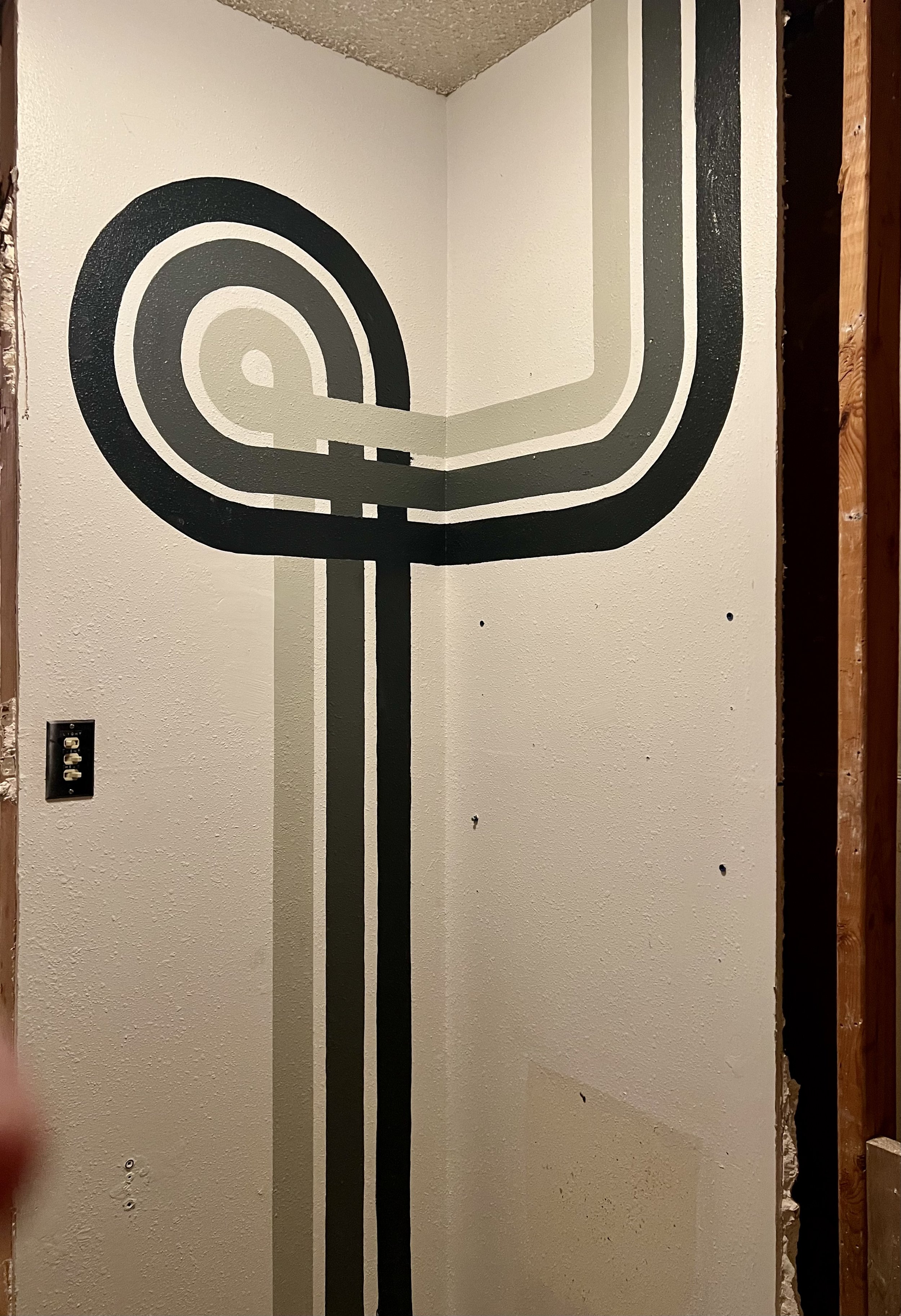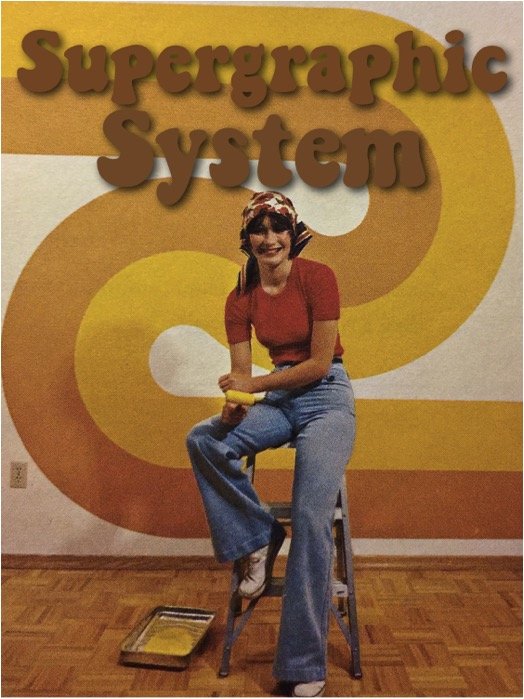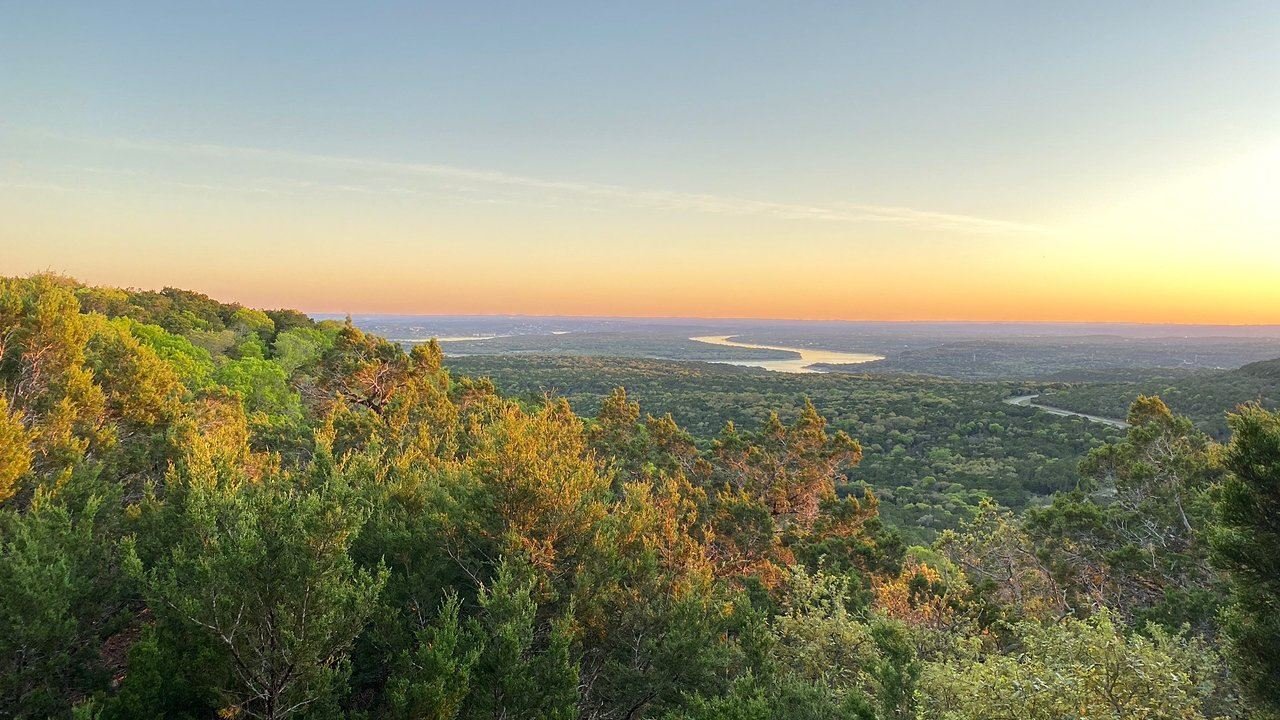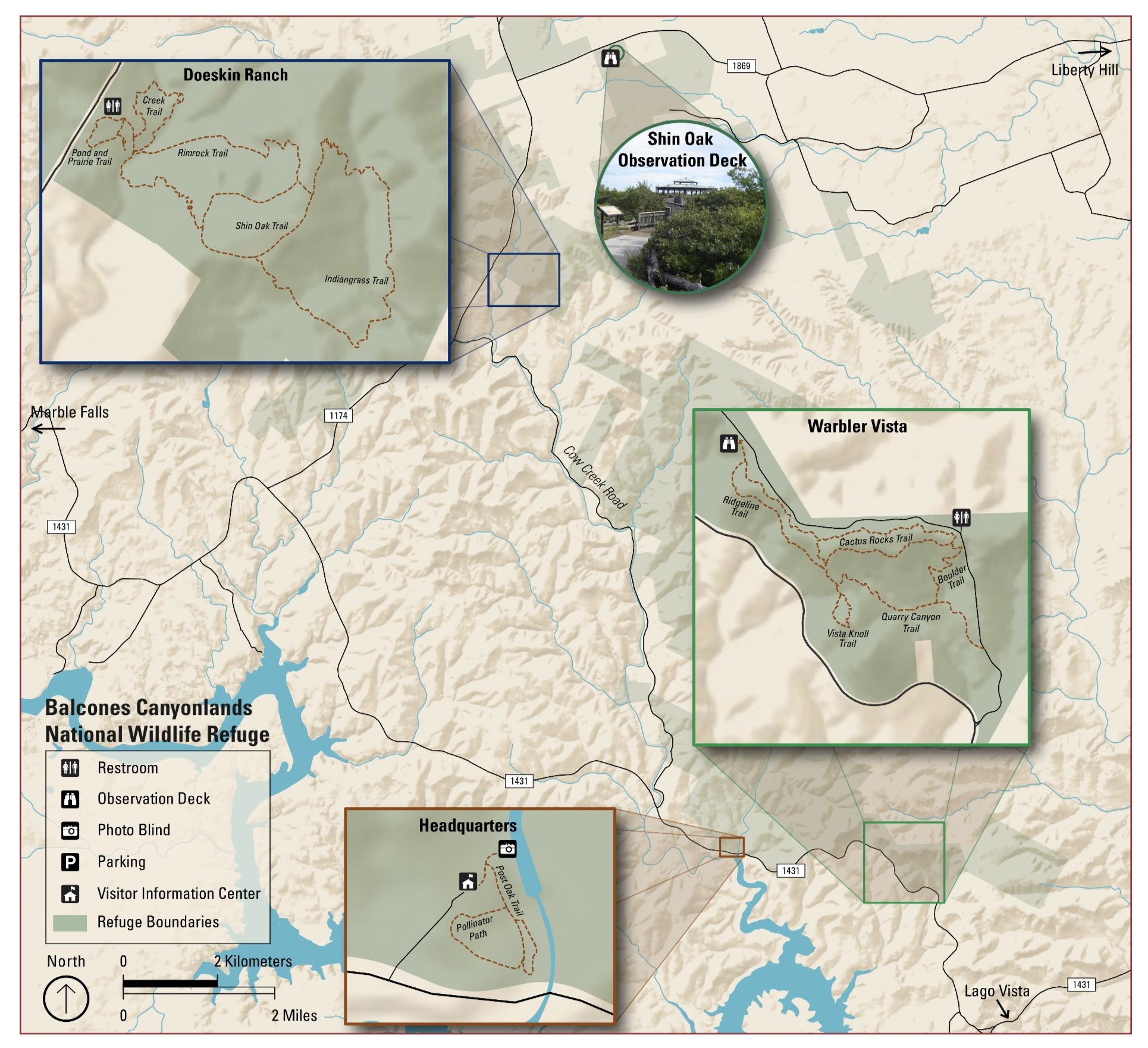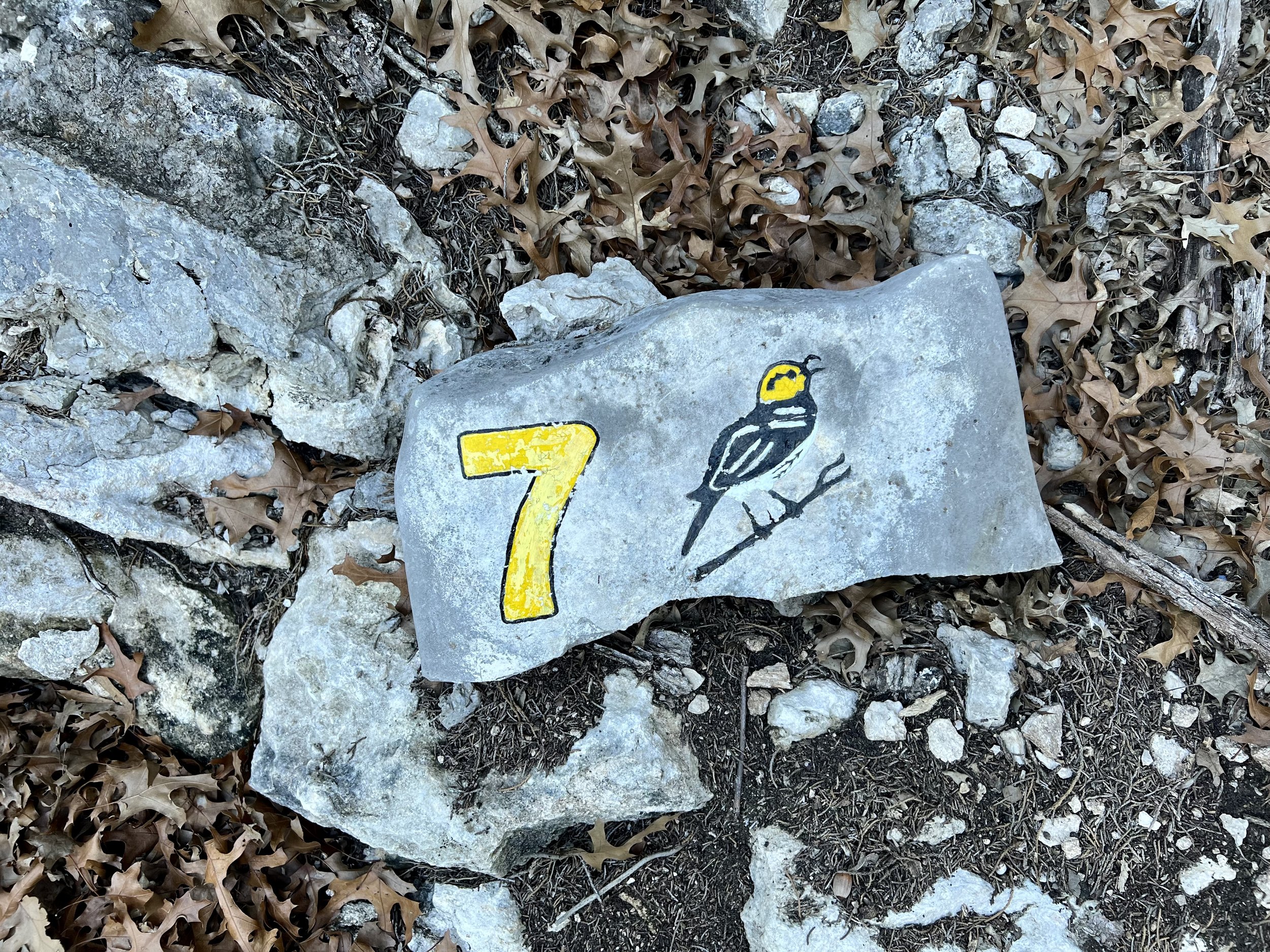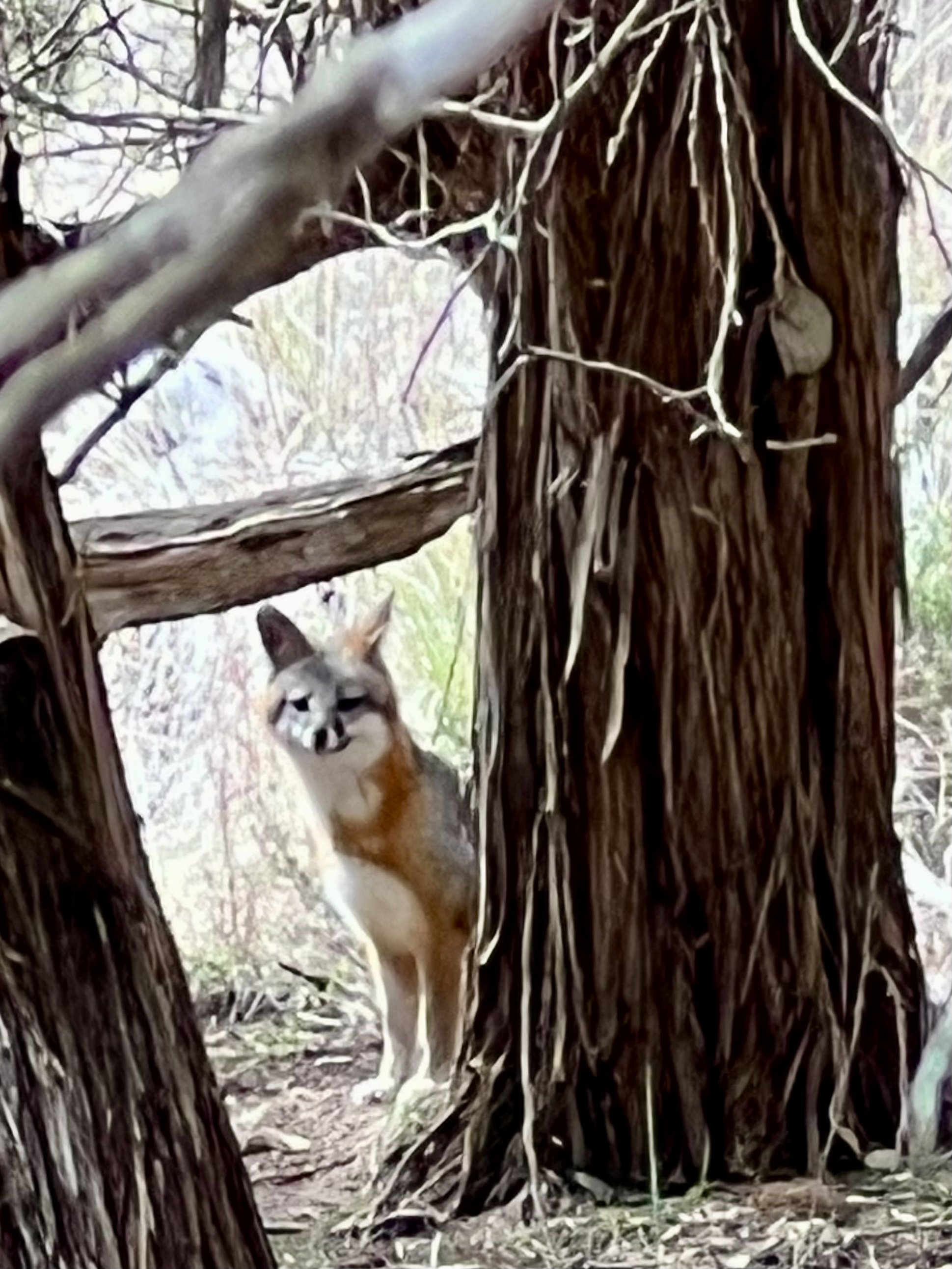A six-hour drive to one stop light in the middle of West Texas has never seemed more appealing until the quaint, artsy town of Marfa, Texas, began to blossom. Drink a Lonestar with a cowboy, see the Marfa lights, and get your artistry on with teeming inspiration in the middle of this changing desert town with a population of 1,800. With little to no nightlife, vegetation that looks like you stepped into a Dr. Seuss story, and a clear desert sky, Marfa is a breath of fresh air.
Marfa, Texas, located in the Chihuahuan Desert, has transformed from a remote ranching town to a vibrant art destination largely due to minimalist artist Donald Judd, who moved there in 1971. Judd's work attracted artists and tourists, increasing the town's visibility and real estate values. Since Judd's death in 1994, Marfa's appeal has surged, drawing investors and short-term rental owners, which has led to soaring property values and an affordability crisis for locals.
Visit Marfa, 2003
The town's mix of art and tourism has revitalized the economy but strained the community, affecting housing affordability and local services. The local school district faces financial issues due to the property wealth disparity, and the influx of tourists and investors has altered the town’s character, leading to mixed feelings among residents. Despite these challenges, some see the changes as a form of progress, while others worry about the loss of Marfa's original community spirit.
The town's real estate boom has pushed home prices above $500,000, while the median income remains around $39,604. This disparity is forcing long-time residents, many of whom are Hispanic or Latino, out of their homes. The Marfa Chamber of Commerce is advocating for regulations on short-term rentals to address the issue, but resistance exists, and legislative challenges complicate local efforts.
Marfa is known for its eclectic local life, which includes Marfa Radio, a community station that plays a mix of music and provides local news. The town offers unique experiences such as art galleries, curated boutiques, and a lively cultural scene. Nearby, visitors can explore Big Bend National Park, renowned for its stunning desert landscapes and outdoor activities.
One notable landmark in Marfa is the Hotel Paisano, a historic gem with a rich cultural narrative. Built in 1930, the Hotel Paisano was originally established as a luxurious retreat for travelers, offering a blend of Southwestern charm and modern amenities. Over the decades, it became a central social hub in Marfa, hosting everything from local gatherings to high-profile events.
Adding to its allure, the Hotel Paisano is also known for its rumored haunting. Guests and staff have reported unexplained phenomena, such as strange noises and flickering lights, which some attribute to the spirits of the film’s stars or the town's storied past. These eerie occurrences contribute to the hotel's mystique, making it a popular destination not just for its historical and cinematic significance but also for those intrigued by the paranormal.
The hotel's connection to the film industry further cemented its place in history when it served as a filming location for the classic 1956 film Giant. During the film's production, the actors Elizabeth Taylor, Rock Hudson, and James Dean resided at the hotel, adding to its cinematic significance. The movie Giant showcased the rugged beauty of West Texas and highlighted Marfa's unique charm, making the hotel a key player in its cinematic history.
Giant and Texas History
Giant the original novel by Edna Ferber published in 1952, explores the social and economic upheavals in Texas through the lens of a wealthy family involved in the cattle ranching and oil industries. The story delves into themes of class conflict, racial tensions, and the clash between old and new ways of life as it follows the fortunes of the Benedict family, who grapple with their wealth and influence against the backdrop of a changing Texas landscape.
The book and movies release sparked significant drama in Texas, partly due to its critical portrayal of the state's socioeconomic realities and its candid exploration of racial prejudices. Ferber's depiction of the complexities of Texas society was met with both acclaim and controversy, as it challenged local norms and highlighted the tensions between tradition and modernity. This controversy intensified with the release of the film adaptation in 1956, which faced threats and backlash from some Texas communities. Theater owners received threats of violence if they screened the film, reflecting the strong regional resistance to the movie's unflattering portrayal of Texas's social issues.
Soundtrack for the weekend
Our soundtrack for the road trip was deeply enriched by the hauntingly beautiful album La Llorona (1997) by Lhasa de Sela. The album’s ethereal and emotionally charged soundscape captures the essence of La Llorona’s tragic tale, blending traditional Mexican rhythms with Lhasa’s haunting vocals. It serves as a musical exploration of the legend's themes, reflecting both personal and collective anguish, and establishes Lhasa de Sela as a profound artist who brings traditional stories into contemporary consciousness through her music.
The title and songs are inspired by the legend of La Llorona, a tragic figure rooted in Latin American folklore. This legend is often used as a cautionary tale for children, warning them to avoid dangerous places and not to wander off alone at night. La Llorona, or "The Weeping Woman," is a sorrowful spirit who wanders near rivers and lakes, lamenting her lost children. In the most familiar version of the tale, María, a beautiful woman married to a wealthy ranchero or conquistador, discovers her husband’s infidelity. Overcome by grief and rage, she drowns their children in a river. Consumed by remorse, she then drowns herself, only to be condemned to roam the earth forever, searching for her children and crying for their loss.
As we drove to Marfa, Texas, La Llorona provided a fitting soundtrack for the journey. Known for its stark desert beauty and artistic spirit, Marfa felt like an otherworldly destination that resonated with the melancholic and reflective tones of the album. The long drive through the vast Chihuahuan Desert, with its expansive horizons and shifting landscapes, seemed to echo the haunting lament of La Llorona, adding a layer of depth and introspection to our arrival in this remote and culturally rich town. The convergence of Lhasa's music with the rugged beauty of Marfa created a powerful sense of place, intertwining personal reflection with the timeless narratives of loss and longing embodied in the legend of La Llorona.
Marfa Book Finds
Cocky
by Loyd Tireman
First published between 1943 its part of the seven books in the “Mesaland Series,” Cocky, a rollicking little roadrunner, joins baby jack rabbit Hop-a-long and the other creatures of the desert in the fourth book of the Mesaland Series. The small, gawky bird with his long bill and peculiar running gait first frightens his neighbors, then makes them laugh. But they learn to love and respect him after he defeats the enemy rattlesnake in an exciting fight.
Exploring Collage and Mixed Media Techniques
by Victor Escandell
A step-by-step exploratory, activity guide based around the infinite possibilities and techniques of collage and mixed media. Through ten different works produced using a wide variety of procedures, the book shows the process of creation in an easily understandable way and offers a list of necessary tools, tips, ideas, and solutions for materials, supports, and finishes. This is a book for art enthusiasts and design professionals who love to experiment with new paths. A section is devoted to reproduction techniques of finished works by creating small, domestic photographic sets with easy-to-make special lighting effects.
Final Ramble on Marfa
I recently watched the Amazon series I Love Dick, which premiered in 2016, and is based on Chris Kraus's 1997 novel of the same name. The book, a semi-autobiographical work, explores themes of obsession, gender dynamics, and artistic identity through the lens of a woman's infatuation with a charismatic, enigmatic artist. The narrative blurs the lines between fiction and reality, offering a critique of the art world and the personal struggles of the protagonist, Chris, who is portrayed as a writer dealing with her unfulfilled desires and professional frustrations.The show adapts Kraus's novel to the screen, maintaining its sharp, introspective tone while bringing the story into a contemporary setting. It portrays a modernized version of the novel's themes, focusing on the complexities of sexual politics and creative ambition.
Marfa, plays a significant role in the series. The town’s unique blend of artistic allure and rural isolation mirrors the book's exploration of artistic struggle and personal obsession. Marfa's role in I Love Dick underscores its status as a haven for avant-garde artists and intellectuals, highlighting its influence on the creative and cultural narrative. The show portrays Marfa as a character in its own right, reflecting the town's profound impact on the artistic pursuits of its residents and visitors. Its inclusion in the story aligns with Marfa's real-world reputation as a place where art and personal introspection converge, adding depth and authenticity to the series' exploration of creative and emotional landscapes. I think this scene sums it up beautifully. Visit Marfa and recharge.



































